class: center, middle, inverse, title-slide # War, Technology & Innovation ## Autonomy at Sea from NTDS to AEGIS ### Jack McDonald ### 2020-01-20 --- class: inverse # Lecture Outline .pull-left[ - Identifying Research Problems in Research Fields - Example: Meaningful Human Control - Research Problems and Research design - Example: Autonomy at Sea ] .pull-right[ ] ??? asd --- class: inverse # Identifying Research Problems in Research Areas ??? --- # What's the Problem? .pull-left[ A research problem is a general problem that a well-formulated research puzzle clarifies in the context of existing research or beliefs ] .pull-right[ Research on an (academically) important problem is likely to have consequences (however minor) for disciplines - Introducing new evidence - Confirming or refuting existing results (null results can also be important) - Reframing existing problem ] ??? --- class: inverse # Small Group Discussion .pull-left[ Considering your research projects: ] .pull-right[ What important research problems exist within your selected research area? Are any of these problems particular to this research area? Why? ] ??? --- # Levels of Problems .pull-left[ Look up, before narrowing down .medium[ - What explains the failure of the CCW process to agree upon a shared definition of autonomy in weapon systems? - What explains state engagement with the CCW process? - What explains state engagement with international organisations? - What explains state relations in international relations? - What explains cooperation and noncooperation between agents? ] ] .pull-right[ Consider international relations: - Constitutive problem: States failing to avoid war - Central problems: Explanations for state behaviour, processes of international politics - Reflexive problems: Structure of inquiry in IR, purpose of inquiry in IR ] ??? --- class: inverse # Small Group Discussion .question[How does your research problem relate to constitutive or central disciplinary problems?] ??? --- class: inverse # Meaningful Human Control ??? --- # Research Topic: LAWS .pull-left[ What is general, what is unique? In my opinion, the most interesting aspect of LAWS is that regulating them requires regulating some really abstract concepts - Computation - Cognition - Information processing/knowledge generation ] .pull-right[  > Cogito, ergo sum René Descartes ] ??? --- # Meaningful Human Control .pull-left[ > In the arms arena, the term “meaningful human control” signifies control over the selection and engagement of targets, that is, the “critical functions” of a weapon. Human Rights Watch, _Killer Robots and the Concept of Meaningful Human Control_ ] .pull-right[ Moving on up: where does MHC go? - How do arms control regimes adapt to emerging technology? - Who defines the regulatable contours of emerging technology? - What do struggles over definitions of emerging technology tell us about global governance? ] ??? https://www.hrw.org/news/2016/04/11/killer-robots-and-concept-meaningful-human-control#_ftnref3 --- # Autonomy in Weapon Systems .pull-left[ Where does MHC come from? How are new concepts integrated into arms control? ] .pull-right[ .medium[ > The majority of those weapon systems are not new; they have been used for decades to varying degrees. As a result, it's challenging to assemble a coherent contemporary argument as to why 1980s weapons systems employed with minimal issues are now problematic. Chris Jenks, _False Rubicons_ ] ] ??? What counts as an autonomous weapon system? --- # Weapon Autonomy and Modern Warfare > The Strategic Robot undermines existing command and control structures, eliminating what little power humans have over the trajectory and consequences of war. > If we create machines capable of abiding by contemporary military doctrine, then we subsequently face the Strategic Robot Problem. Heather M. Roff, _The Strategic Robot Problem_ -- There are hallmarks of past critiques of modern warfare in the SR Problem - Human agency and responsibility in war - Relationships between humans and military institutions in war ??? > Assuming that such machines will be able to identify correctly _combatants_... we face an additional set of constraints: identifying legitimate objects/targets and setting military objectives. p.212 roff quote p.221 --- # When Did LAWS Start? Why Does That Matter? .pull-left[ So, mindful of the higher consequences of the discussion, we can pare the problem down to two key issues: - What are the consequences of the absence of history in the LAWS debate? - Why is a specific understanding of human agency in war central to the MHC debate? ] .pull-right[ The common denominator of both of these problems is that they share an idealised picture of warfare - War waged by rational human agents, able to judge actions as individuals - Technology-free human decisions, independent of institutions Underlying problem: is the description of human agency/activity in war accurate? ] ??? --- class: inverse # Research Problems and Research Design ??? --- # Descriptive, Causal, Normative .pull-left[ Isolate moving parts! Social scientists typically isolate research into descriptive, causal, and normative strands - What differentiates civil wars from other categories of conflict? - Why do civil wars kill so many civilians? - Should we "give war a chance"? ] -- .pull-right[ 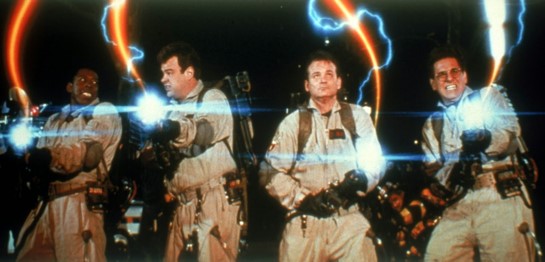 > Don’t cross the streams. Egon Spengler, _Ghostbusters_ ] ??? --- class: inverse # Small Group Discussion .pull-left[ > Description [is] any empirical argument (hypothesis, theory, etc.) about the world that claims to answer a _what_ question... wherever there is an implicit or explicit claim that a factor generates variation in an outcome the argument [is] causal. John Gerring, _Social Science Methodology_ ] .pull-right[ How would you characterise your own research project? (Descriptive, causal, normative) How could you approach your research problem from a different angle? ] ??? quote p.107 --- # Identifying Related Research .pull-left[ By considering the close-coupled questions in a research problem, it becomes possible to identify the areas that need to be explained to the reader Example: Norm contests regarding the use of weapons of mass destruction ] .pull-right[ .medium[ - If I want to examine the utility of the WMD term, I might have to explain the role of framing in IR, and the normative significance of some language - If I want to look at causes, I need a definition of WMD, and might have to explain why some people class WMD as a special moral issue - If I want to examine arguments re the morality of WMD use, I'd need a definition of WMD, and might have to explain different explanations of WMD use/non-use, or the causal logic behind perceptions of consequences of WMD use ] ] ??? --- class: inverse # Example: Autonomy at Sea ??? --- # Defining Autonomous Weapons .left-column[ 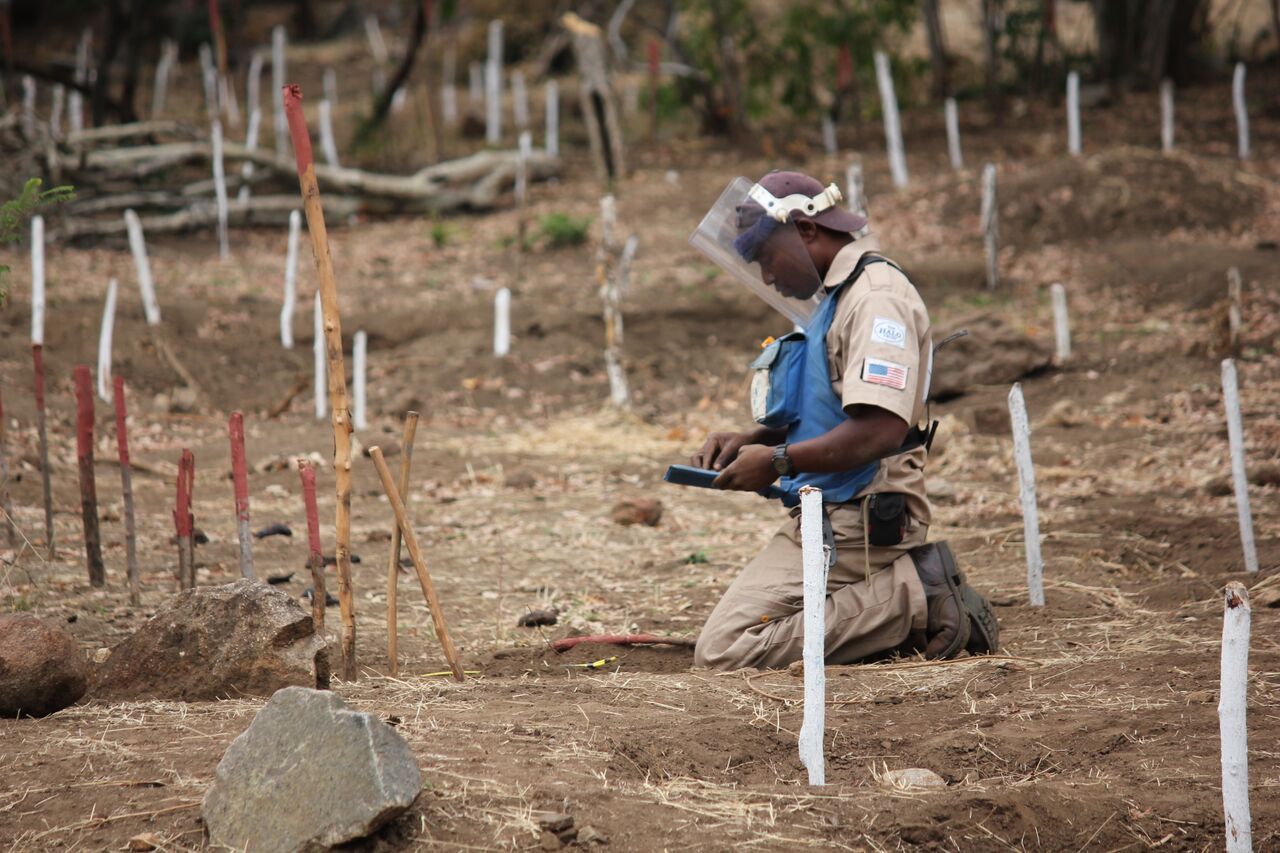 ] .right-column[ > "Anti-personnel mine" means a mine designed to be exploded by the presence, proximity or contact of a person and that will incapacitate, injure or kill one or more persons. Mines designed to be detonated by the presence, proximity or contact of a Vehicle as opposed to a person, that are equipped with anti-handling devices, are not considered anti-personnel mines as a result of being so equipped. Ottawa Convention ] ??? --- # Defining Autonomous Humans .pull-left[ > In 1950 Alan Turing proposed his test for determining the intelligence of machines that was basically an acting test. Manuel De Landa, _War in the Age of Intelligent Machines_ ] .pull-right[ .medium[ > It is perhaps paradoxical that just, when in the deepest sense man has ceased to believe in-let alone trust-his own autonomy, he has begun to rely upon autonomous machines, that is, machines that operate for long periods of time entirely on the basis of their own internal realities. Joseph Weizenbaum, _Computer Power and Human Reason_ ] ] ??? p.156 Weizenbaum, p.8 --- # Domains of Military Systems .pull-left[ LAWS discussed as a single class of systems, yet the debate about their use is heavily focused upon ground combat (or air to ground) issues. Why does the salience of military systems in the contemporary LAWS debate differ between domains/service branches? How do domains/institutions/systems/threats shape human agency? ] .pull-right[  INS Eilat (HMS Zealous), first ship sunk by cruise missiles in 1967 ] ??? --- # One Approach: AEGIS & U.S.S. Ticonderoga .left-column[ 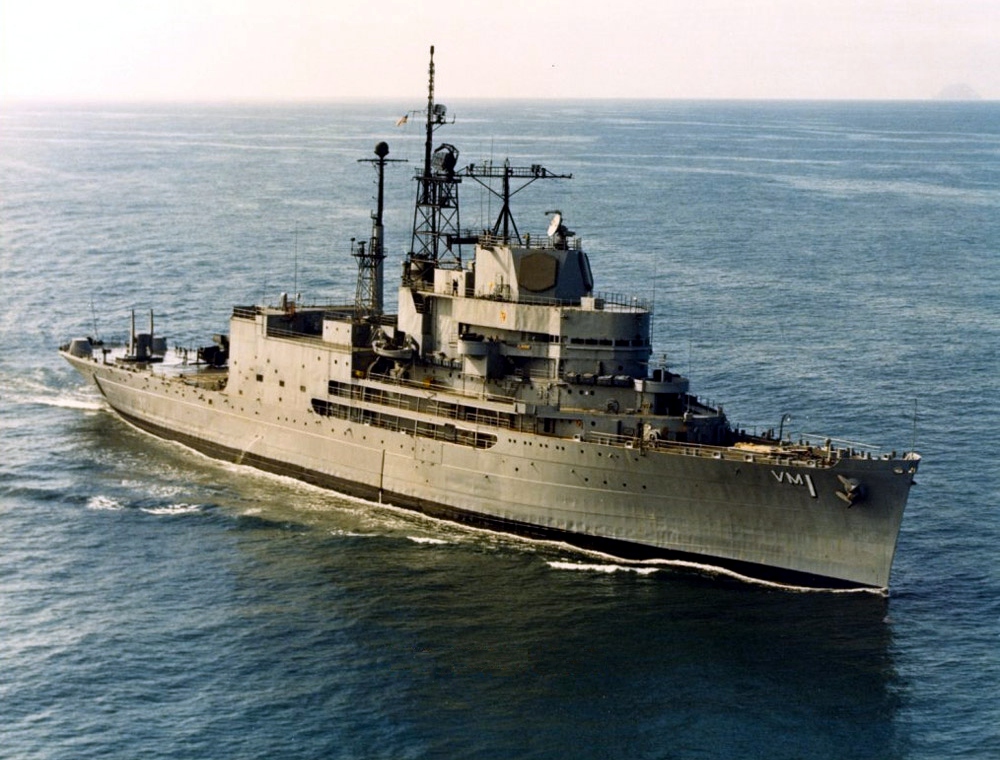 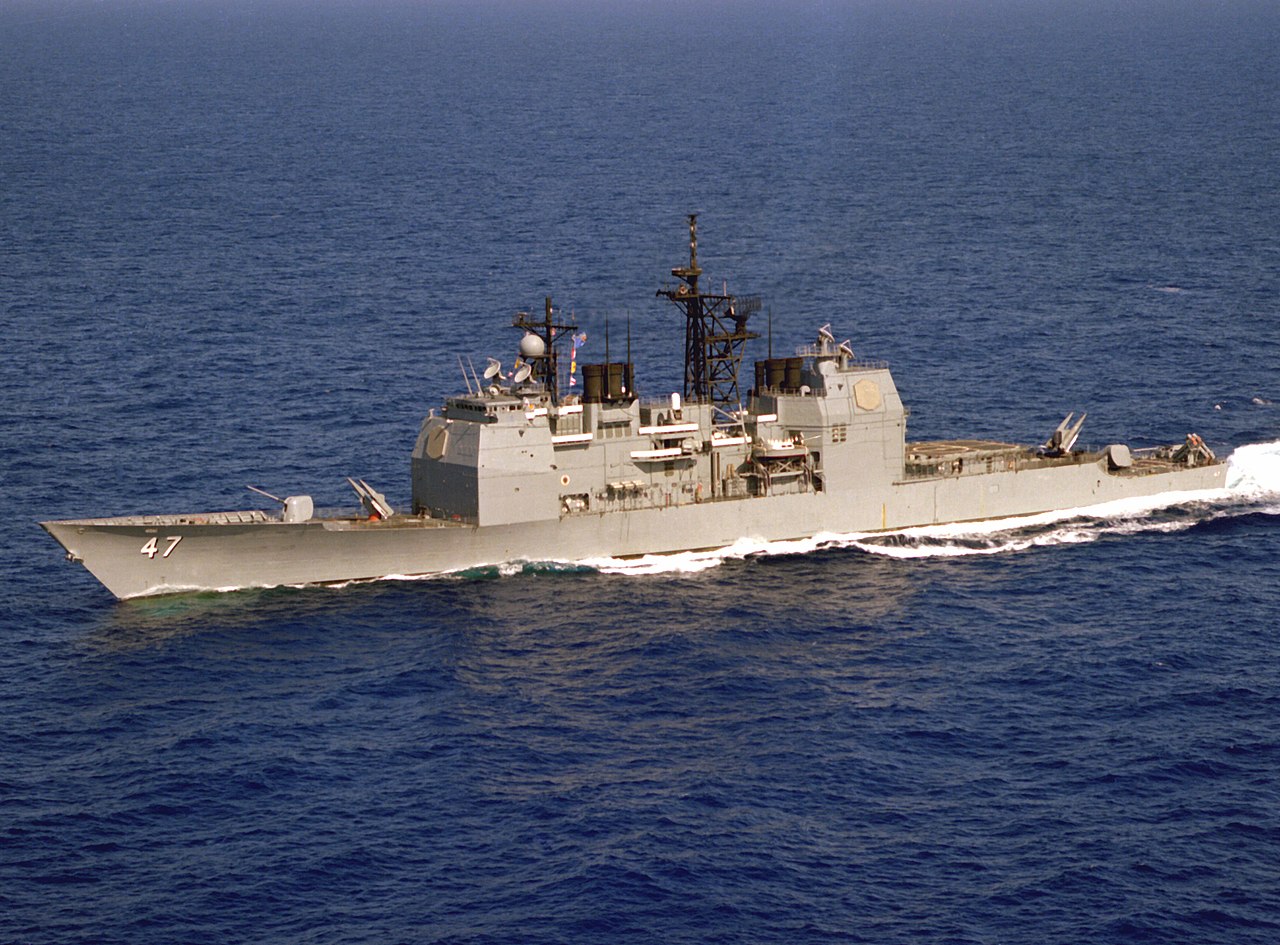 ] .right-column[ > There has never been a time in history where military and weapons systems were wholesale excluded from society-altering technological advances Chris Jenks, _False Rubicons_ What are the assumptions about weapons development and innovation built into contemporary debates about LAWS? What are the implications of AEGIS's development/improvement for human autonomy as an object of international law? ] ??? --- # Alternate Approach: Assumptions About Autonomy .pull-left[ Technology, systems, institutions, and human decisions in war - What does the LAWS debate assume about the structure of human decisions in war? - Why is there now global concern over systems that have existed for decades? ] .pull-right[ 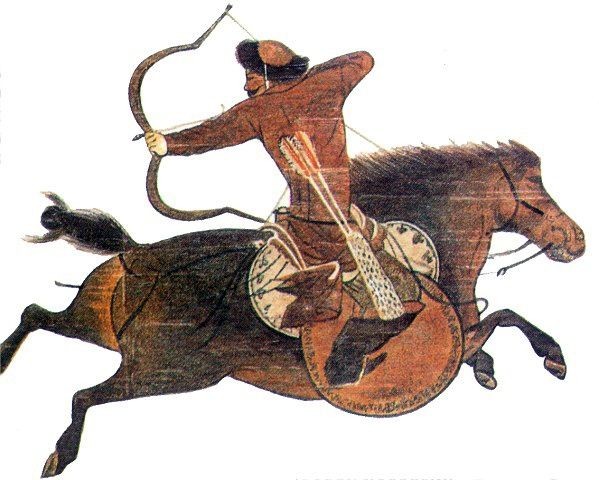 ] ???